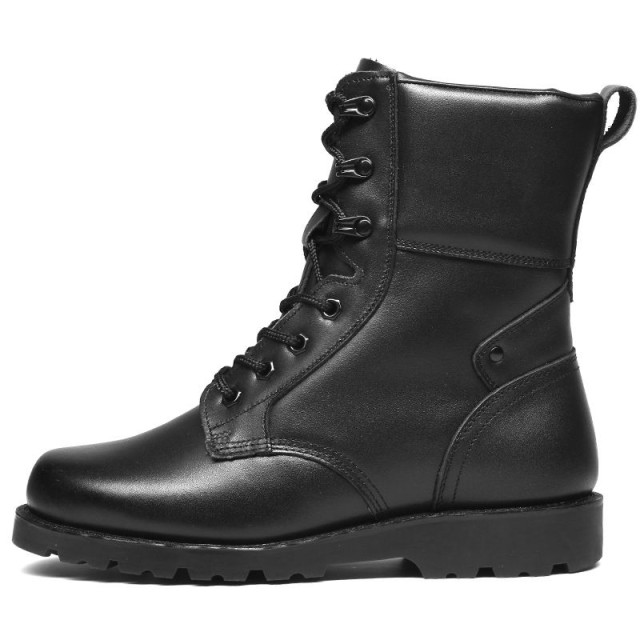Winter demands footwear that balances warmth, durability, and comfort—but not all snow boots are created equal. Whether you're navigating icy city streets or trekking through backcountry powder, understanding core design principles and activity-specific needs ensures optimal performance.
Snow Boots Demystified: Core Design Principles
How Insulation and Waterproofing Define Performance
Snow boots rely on two critical layers: insulation for warmth and waterproofing for dry feet. Research shows modern synthetic materials like Thinsulate (typically 200g density) outperform traditional down or sheepskin by regulating temperature more effectively—preventing both frostbite and overheating. These materials are strategically placed beneath waterproof membranes to maintain warmth even in wet conditions.
Key considerations:
- Insulation density: Higher gram ratings (e.g., 400g–800g) suit sub-zero temperatures, while 200g–400g works for milder climates.
- Waterproofing: Look for sealed seams and membranes (e.g., Gore-Tex) that block moisture without sacrificing breathability.
When Snow Boots Outperform Hiking or Fashion Winter Boots
Snow boots specialize in extreme conditions where other footwear falls short:
- Deep snow: High shafts (8"–12") prevent snow ingress.
- Prolonged cold: Insulation wraps the entire foot, unlike hiking boots focused on ankle support.
- Ice traction: Aggressive tread patterns with rubber compounds stay flexible in freezing temps.
Addressing Common Trade-offs: Weight, Breathability, and Style
Innovations in Lightweight Insulation Technologies
Heavy boots cause fatigue, but advances like aerogel-infused linings and compressed synthetics cut weight by nearly half while retaining warmth. For urban use, boots under 2 lbs per pair strike a balance between mobility and protection.
Breathability Solutions for All-Day Wear
Overheating leads to sweat buildup—a major cause of cold feet. Brands now integrate:
- Venting zones: Mesh panels in non-critical areas (e.g., tongue) release heat.
- Moisture-wicking liners: Draw sweat away from the foot, keeping insulation dry.
Style-conscious users can find sleek, insulated options with shorter shafts (6"–8") that mimic fashion boots but include critical snow-ready features.
Activity-Specific Recommendations
Urban Commuting vs. Backcountry Adventures
City use: Prioritize:
- Slip-resistant soles for icy sidewalks
- Moderate insulation (200g–400g) for intermittent outdoor exposure
- Easy on/off designs for indoor transitions
Backcountry use: Opt for:
- Insulation exceeding 600g for sustained cold
- Rigid soles for crampon compatibility
- Reinforced toe caps for rocky terrain
Boot Features for Ice Traction and Extreme Cold
- Arctic-grade boots: Often include removable felt liners (-40°F/-40°C ratings).
- Traction systems: Vibram Arctic Grip soles use embedded glass fibers for ice adhesion.
Ready to equip your customers with high-performance winter footwear? 3515 partners with distributors and brands to deliver purpose-built snow boots combining cutting-edge materials with bulk manufacturing precision. [Contact us] to discuss scalable solutions tailored to your market’s needs.
Related Products
- Wholesale Customizable Suede Safety Boots - Puncture-Proof with Velcro Closure
- Durable Leather Work Boots for Wholesale & Custom OEM Manufacturing
- Durable Mid-Cut Tactical Boots for Wholesale & Private Label
- Wholesale Durable Mid-Cut Tactical Boots for Custom & Private Label Brands
- Durable Military Combat Boots with Water Drainage for Wholesale & OEM
Related Articles
- How to Choose Work Boots That Match Your Job Demands and Safety Needs
- How to Choose Work Boot Materials for Maximum Safety and Durability
- How to Choose Work Boots That Match Your Industry's Safety Needs
- Steel Toe Work Boots: Balancing Safety and Comfort for Demanding Jobs
- How Safety Work Boots Engineer Protection: Features and Standards for Targeted Hazard Mitigation



















